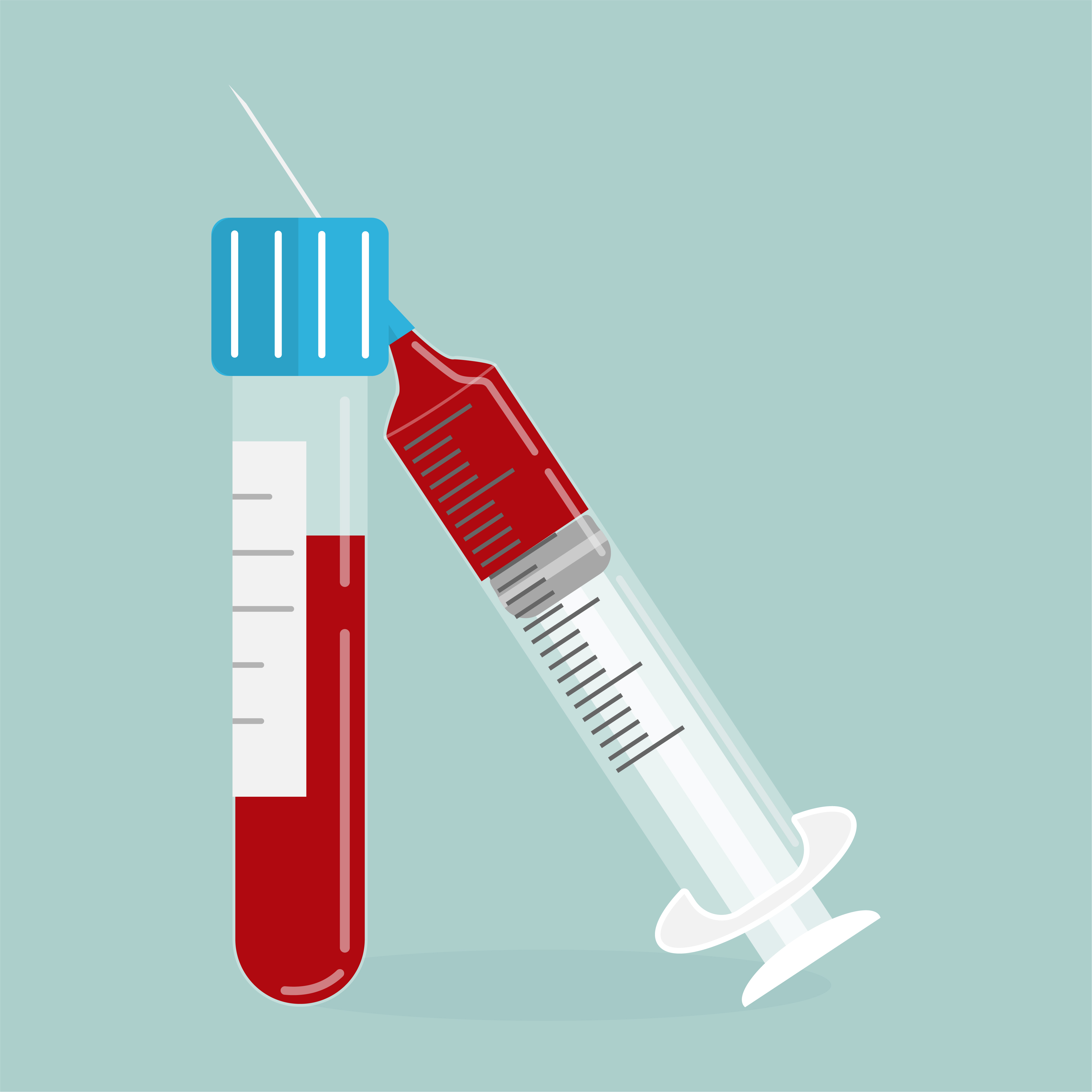
Your doctor will order a variety of tests to determine if you have gallstones. There are a variety of tests that can be done to check for gallstones, such as abdominal ultrasound, magnetic imaging, or ERCP. These tests are useful in diagnosing gallstones, and other biliary conditions. However, they might not be able to pick up persistent infections or small stones. However, these tests are an important first step in determining whether you have gallstones.
Abdominal ultrasound
One of the most popular tests for diagnosing gallstones is abdominal ultrasound. This procedure involves sending sound waves through the body to detect gallstones and other bile ducts and tubes. It's a noninvasive procedure with minimal side effects, no radiation, and no specific pain thresholds. It can be done as an outpatient procedure. Patients should fast eight hours before the test.

MRI
Gallstone-related illness is becoming a more common problem in Western nations. Gallstones are solid, round, cholesterol- and bilirubin-rich particles that develop within the pancreaticobiliary. Person to person, the size, number and location of gallstones will vary. It is important to image gallstones in order to diagnose and treat them properly. Also known as cholecystitis or gallstones, this is when the gallstone has entered the biliary system.
ERCP
ERCP tests are used for diagnosing choledocholithiasis (or gallstones). Gallstones are solid bile crystals that have formed. Bile is made by the liver, and is secreted to the intestines via the bile conduits. A blockage of the bile-ducts could lead to inflammation or pain.
Cholecystingraphy
There are a variety of cholecystingraphy techniques that can be used for those with gallstones. The most common test is an abdominal ultrasound. It involves moving a transducer above the abdomen and sending signals to a PC. A second technique, endoscopic ultrasound, can be used to identify smaller stones. In both cases, a thin, flexible tube is used to insert a small ultrasound device into the duct, creating an image of the surrounding tissue.
X-ray
Most gallstones can be diagnosed using ultrasounds or CT scans. An ultrasound uses sound waves to bounce off your organs, creating an image of the structure. Gallstones will show up as a visible part of the image. CT scans create three-dimensional images of your internal organs using xrays, computer technology and computer technology. Although CT scans are able to pinpoint the location of gallstones, they can also show other stones.

CT scans
The best way to diagnose gallstones is with imaging tests. They can confirm suspicions or rule out other medical conditions. Gallstones are often seen in conjunction with other medical conditions, such as chronic pancreatitis and kidney infection. A blood test can show inflammation in the liver or pancreas. In addition to diagnosing gallstones, or complications thereof, CT scans can also help. Here are some of the most common benefits and potential risks associated with CT scans for gallstones.
FAQ
What is the difference between a doctor and a physician?
A doctor can be defined as someone who has completed medical training and is licensed. A physician is a specialist in one type of medicine.
What role does the private sector play?
Healthcare delivery can be facilitated by the private sector. It also provides equipment used in hospitals.
It pays some staff who work in hospitals. So it makes sense for them to take part in running the system.
There are however limitations to what they offer.
It is not always possible for private providers to compete with government services.
And they shouldn't try to run the whole system. This could indicate that the system isn't providing good value for your money.
What is an infectious disease?
Infectious disease can be caused by germs (bacteria or viruses) Infectious diseases can spread quickly by close contact. Measles, rubella (German measles), pertussis (whooping cold), rubella (German measles), measles), chickenpox and strep throat are just a few examples.
What is the significance of the health-care system?
A country's economy is only as strong as its health care system. It allows people to live longer and healthier lives. It also creates job opportunities for doctors, nurses, or other medical professionals.
No matter what income level, health care systems ensure that everyone has access to quality healthcare services.
If you are looking into pursuing a career as a doctor, nurse, or another medical professional, then understanding how healthcare systems function is essential.
How can I ensure that my family has access health care of the highest quality?
Most states will have a department for health, which helps to ensure that everyone has affordable access to health care. Some states have programs that provide coverage for low-income families who have children. For more information, please contact the Department of Health in your state.
Statistics
- Price Increases, Aging Push Sector To 20 Percent Of Economy". (en.wikipedia.org)
- For the most part, that's true—over 80 percent of patients are over the age of 65. (rasmussen.edu)
- Healthcare Occupations PRINTER-FRIENDLY Employment in healthcare occupations is projected to grow 16 percent from 2020 to 2030, much faster than the average for all occupations, adding about 2.6 million new jobs. (bls.gov)
- The healthcare sector is one of the largest and most complex in the U.S. economy, accounting for 18% of gross domestic product (GDP) in 2020.1 (investopedia.com)
- About 14 percent of Americans have chronic kidney disease. (rasmussen.edu)
External Links
How To
What are the 4 Health Systems
Healthcare systems are complex networks of institutions such as hospitals and clinics, pharmaceutical companies or insurance providers, government agencies and public health officials.
This project had the overall goal to create an infographic to explain the US's health care system to anyone who wanted it.
Here are some key points.
-
Annual healthcare spending totals $2 trillion and represents 17% GDP. It's nearly twice the size as the entire defense budget.
-
Medical inflation reached 6.6% for 2015, more than any other category.
-
On average, Americans spend 9% of their income on health costs.
-
Over 300 million Americans are uninsured as of 2014.
-
Although the Affordable Care act (ACA) was signed into law, its implementation is still not complete. There are still major gaps in coverage.
-
A majority believe that the ACA must be improved.
-
The US spends a lot more money on healthcare than any other countries in the world.
-
The total cost of healthcare would drop by $2.8 trillion annually if every American had affordable access.
-
Medicare, Medicaid, private insurers and other insurance policies cover 56%.
-
People don't have insurance for three reasons: they can't afford it ($25 Billion), don’t have enough time to search for it ($16.4 Billion), and don’t know about it ($14.7Billion).
-
There are two types, HMO (health maintenance organization), and PPO (preferred providers organization).
-
Private insurance covers almost all services, including prescriptions and physical therapy.
-
Public programs cover hospitalization, outpatient surgery, nursing homes, hospice care, long-term care, and preventive care.
-
Medicare is a federal program that provides health coverage to senior citizens. It pays for hospital stays, skilled nursing facility stays, and home health visits.
-
Medicaid is a joint federal-state program that provides financial assistance for low-income individuals or families who earn too little to qualify for other benefits.